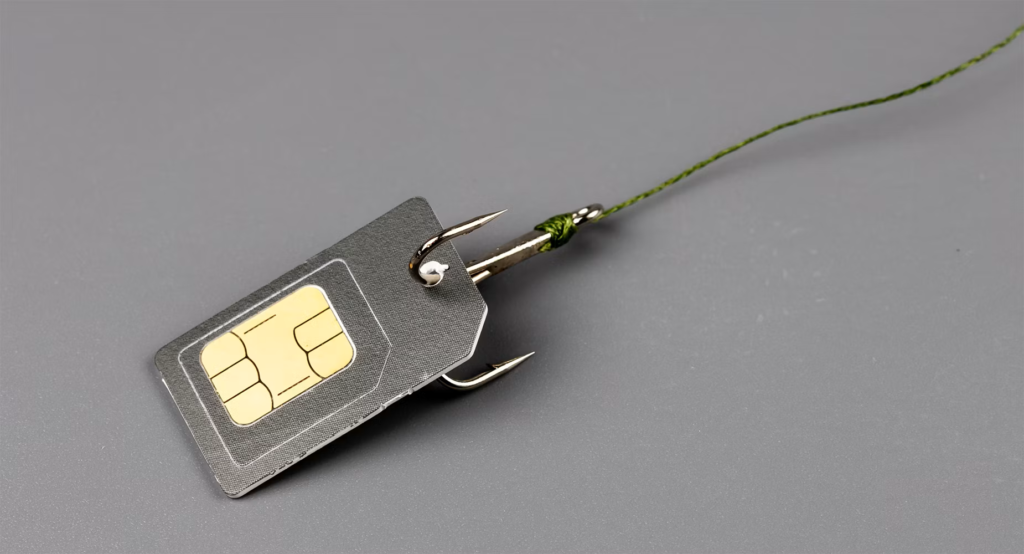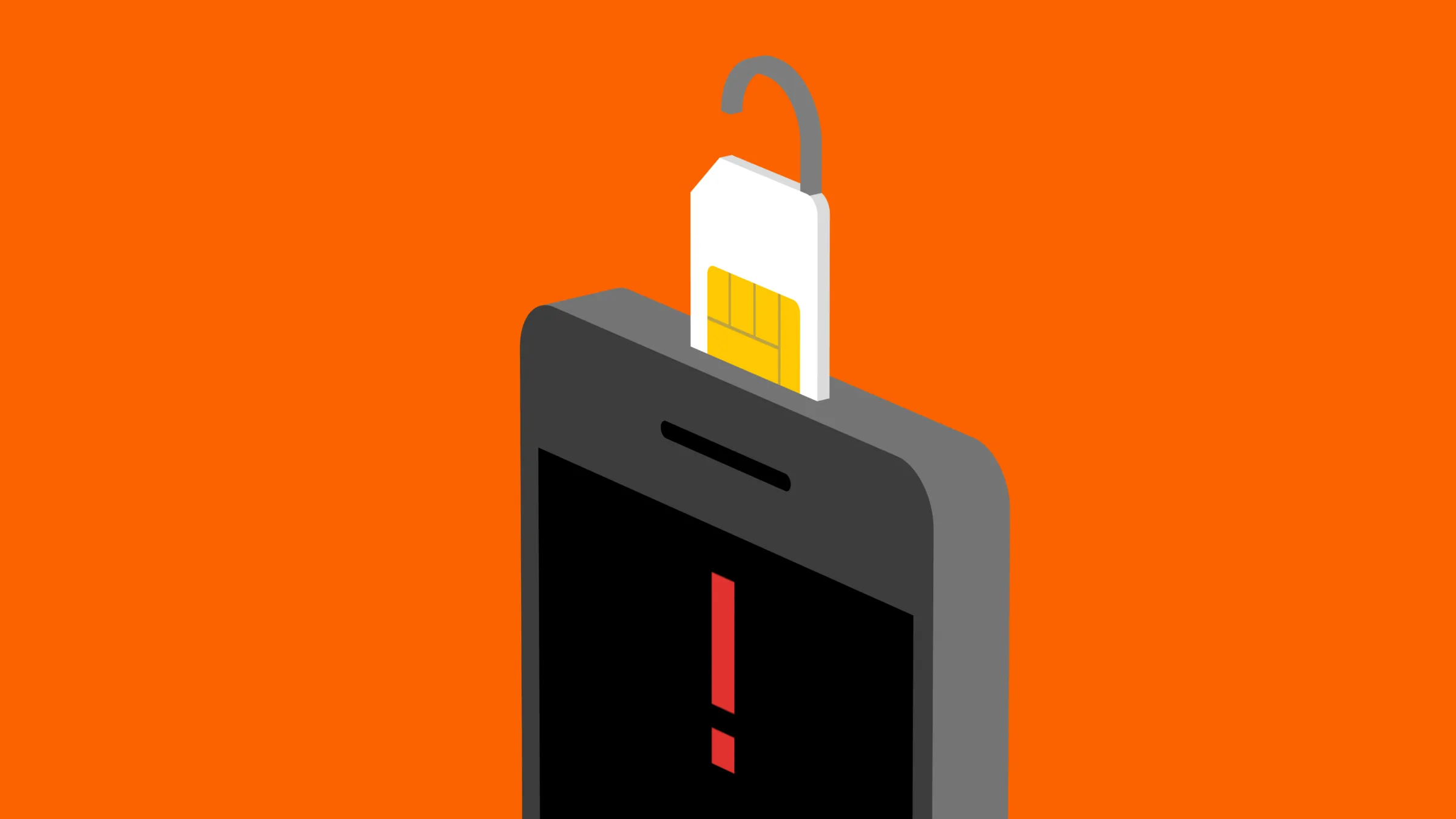
You’ve implemented the standard measures to safeguard your sensitive accounts: employing unique passwords and setting up alerts on your phone. However, even with these precautions in place, thieves can execute a cunning “hack” that circumvents these defenses by stealing your phone number. This new threat is known as SIM jacking, where perpetrators transfer your phone number to a SIM card in their possession, granting them access to your bank account and any other services reliant on phone verification. Shockingly, they can accomplish this without requiring your password, exploiting the ease of initiating a password reset with access to verification codes.
In this evolved version of SIM swapping, attackers eschew social engineering tactics and target your mobile account directly. By leveraging leaked, stolen, or guessed passwords, they exploit a convenient feature designed for seamless phone transitions—scanning a QR code to transfer your number to their phone’s eSIM. With embedded SIMs prevalent in modern phones and compatible across major carriers, executing such theft becomes less intricate.
Previously, successful SIM swaps necessitated physical visits to stores or calls to customer service, involving convincing employees or inside assistance to perpetrate the fraud. However, with this new method, victims swiftly realize they’ve fallen prey to SIM jacking as their phones abruptly lose service, disconnected from their accounts.
Protecting yourself from this emerging threat requires proactive measures. Utilize strong, random passwords for your mobile accounts and enable two-factor authentication (2FA) where available. Setting a PIN for account changes adds an extra layer of security. However, it’s crucial to note that while a PIN may prevent unauthorized number transfers, it doesn’t safeguard against SIM swaps.
Unfortunately, not all cell phone providers offer 2FA for online accounts, leaving vulnerabilities to social engineering attacks. Strengthening the security of crucial accounts becomes imperative. Implement complex passwords and explore software or hardware-based 2FA options. Consider utilizing a secondary phone number for SMS-based 2FA or migrating to providers offering robust 2FA solutions. Prioritizing password management and robust 2FA mechanisms significantly enhances your overall security posture.



